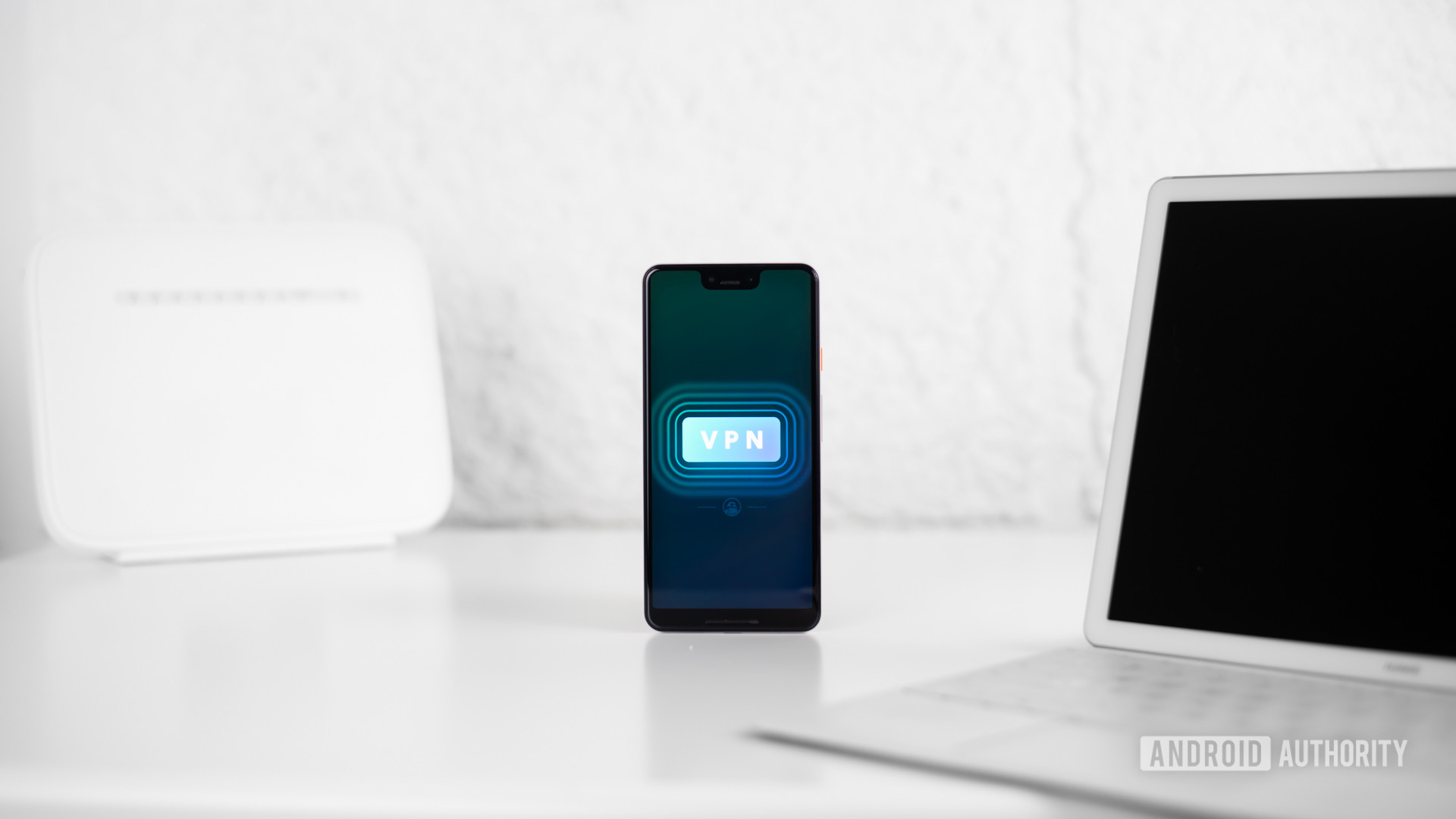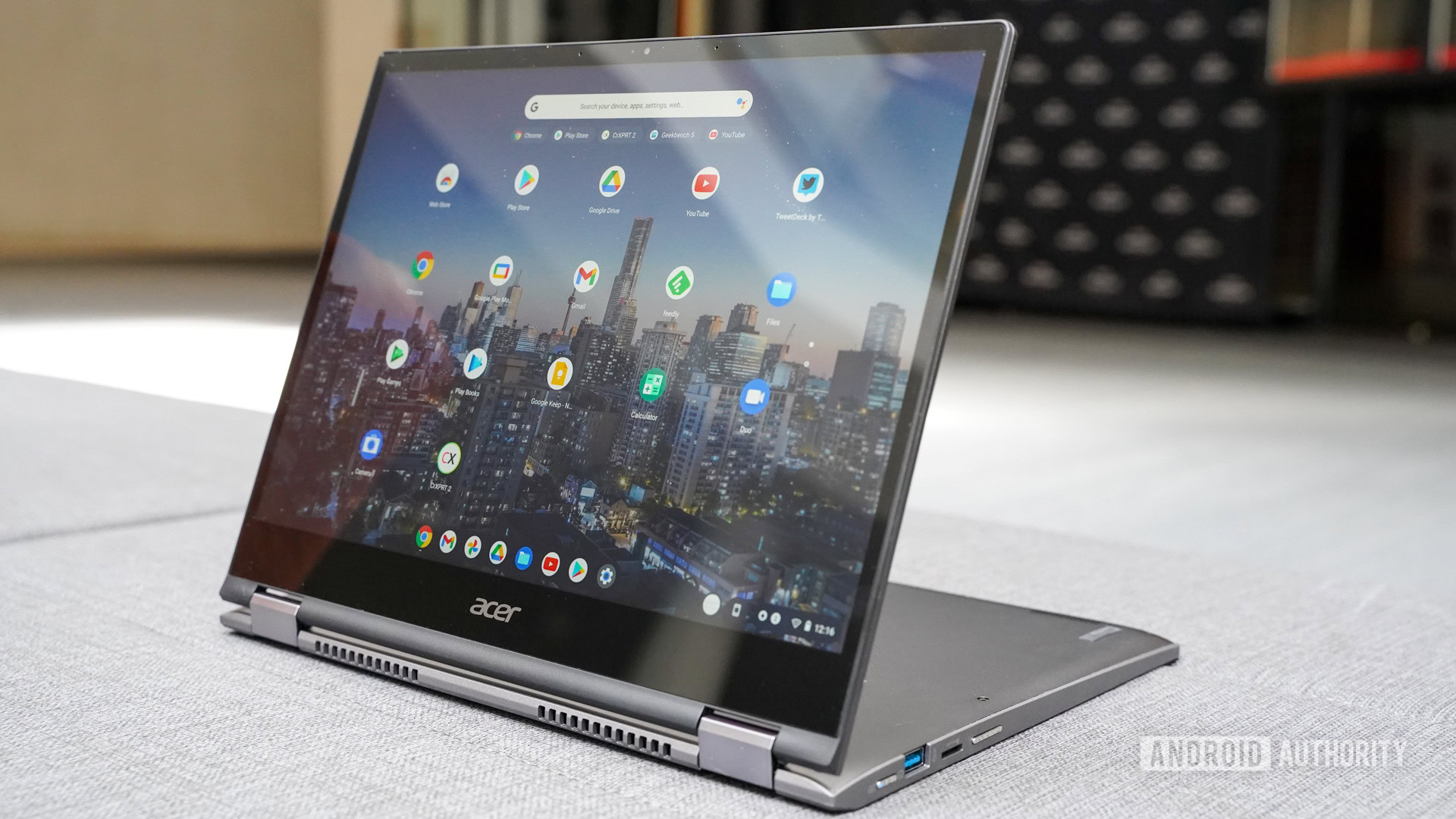How To Create Own Vpn Server On Android

Keeping your activity secure and private is increasingly vital as we do so much online, especially while we're almost all working remotely. A good VPN (Virtual private network) can go a long way in addressing some of these concerns. Want to set up a VPN on your smartphone, laptop, or tablet? Here's how!
Learn more:How to use a VPN
Set up a VPN on Android smartphones
VPN support is baked into Android, so you can easily set it up via the phone's Settings menu without downloading an app.
How to manually set up a VPN on Android
- Open the Settings menu of the phone. Keep in mind that the instructions below may vary depending on what device you have.
- Tap on Wi-Fi & Internet or Wireless & networks. Basically, you need to go to the network settings page.
- Tap on VPN. On some devices, you may need to expand the options by first tapping onMore.
- Tap on the plus sign at the top right corner. If you don't see one, you will need to open the advanced options menu (usually by tapping on the three vertical dots icon).
- Enter the necessary information like the server address, username, and password. This info will be provided to you by the network administrator.
How to manually connect to OpenVPN networks on Android
The built-in VPN feature on an Android phone comes with support for PPTP, L2TP, and IPSec. None are the most secure, and PPTP, in particular, is quite outdated. Use this method if you absolutely have to or if the OpenVPN protocol isn't available for the private network you want to connect to.
To connect to OpenVPN, you'll have to rely on a third-party app like OpenVPN Connect instead. OpenVPN's official app runs on any device running Android 4.1 and above.
- Download the app from the Google Play Store.
- Your network administrator should provide the necessary information. The app lets you import a profile using an URL or select a .ovpn file on your phone.
- You can also manually add a proxy connection.
- The settings section lets you choose the protocol, enable a kill switch (called Seamless Tunnel), and set up a battery saver mode.
Set up a VPN on Apple devices

David Imel / Android Authority
VPNs are also directly configurable on all iPhones, iPads, and Macs. You have to go through a few extra steps on macOS, but it's a breeze on iOS.
How to manually set up a VPN on iOS
- Unlock your iPhone or iPad and open Settings.
- Tap on General and select VPN.
- Next, tap on Add VPN Configuration.
- Your network admin will provide the necessary info. This includes the VPN protocol, the VPN settings (remote ID, server), and the authentication login info.
- Once completed, tap onDone to save the profile.
- You can now enable or disable the VPN connection by using the slider toggle on the VPN page.
Manually setting up a VPN on macOS
- Click on the Apple menu (Apple icon) and go toSystem preferences > Network.
- Click on the "+" icon in the list on the left.
- Choose VPN on the Interface menu that pops up.
You'll have to go through the different sections and add the required information.
- First, select VPN Type ,choose the VPN protocol, add a name, and click onCreate .
- You can then enter the server address, authentication and login info, and any additional network administrator settings.
- ClickApply and then selectOK .
- To connect to the VPN, go toSystem Preferences > Network ,click on the VPN service name and click onConnect .
- You can also select Show VPN status in the menu bar and use the status icon to connect to the VPN network quickly.
How to set up a VPN on Windows 10

C. Scott Brown / Android Authority
You will need to set up a VPN profile before you can quickly and easily connect to a VPN on Windows 10.
Manually set up a VPN on Windows 10
- Go to Settings > Network & Internet and select VPN.
- You can also click on the Windows 10 search bar and type VPN, and selectVPN Settings.
- Click onAdd a VPN connection .
- Change theVPN Provider section to Windows (built-in)and fill out the rest of the form with the network administrator's info.
- The VPN is now available in the Wi-Fi section. Click on the Wi-Fi icon in the system tray and select the created VPN connection.
Setting up a VPN on Chrome OS

Eric Zeman / Android Authority
Google has made it easy to set up a VPN on Chrome OS. The only drawback is that there aren't too many options to choose from — there are just three in the Chrome store at the time of writing.
How to set up a VPN on Chrome OS
- Click on your account photo in the bottom-right corner of the screen.
- Open Settings and select Add connection in the Network section.
- Click Add OpenVPN/L2TP .
- Type the info required into the form that pops up and select Connect.
You may also need to install server and user certificates before you can manually set up a VPN. All the required information should be available from the network administrator or the VPN provider.
Get a VPN service!

Edgar Cervantes / Android Authority
Everything mentioned above is for anyone looking to connect to an office VPN network while working remotely. If you are looking for a VPN service for personal use, your easiest option is to sign up for a third-party VPN.
These providers support multiple devices and platforms. The apps are easy to install and are intuitive, so using them is a breeze. After signing up, all you need to know is to download the right app, and you're good to go.
See also:What can VPNs do with your data?
Our VPN recommendations

Ankit Banerjee / Android Authority
I highly recommend ExpressVPN. It's one of the simplest VPNs, supports multiple platforms and devices, and provides excellent connection speeds. It's on the more expensive side, though, and not everyone may like that.
NordVPN is as impressive as ExpressVPN. In fact, it has quite a few factors going in its favor. Nord boasts an impressive number of servers and has a lot more security features. Its long-term plans also make it very affordable. It finishes a close second for me, though, because I found the connection speeds to be faster with ExpressVPN. Your experience will certainly vary, but you can't go wrong with either of these options.
Cyberghost is another favorite and an excellent option for those who want to take the guesswork out of it. It makes things simple by sorting everything into modes and categories. A considerable number of servers, great security features like malware blocking, and an affordable price tag are all positives. Connection speeds were an issue, but that's also improved time.
How To Create Own Vpn Server On Android
Source: https://www.androidauthority.com/set-up-vpn-android-settings-687564/
Posted by: gordonopoetinat1997.blogspot.com

0 Response to "How To Create Own Vpn Server On Android"
Post a Comment